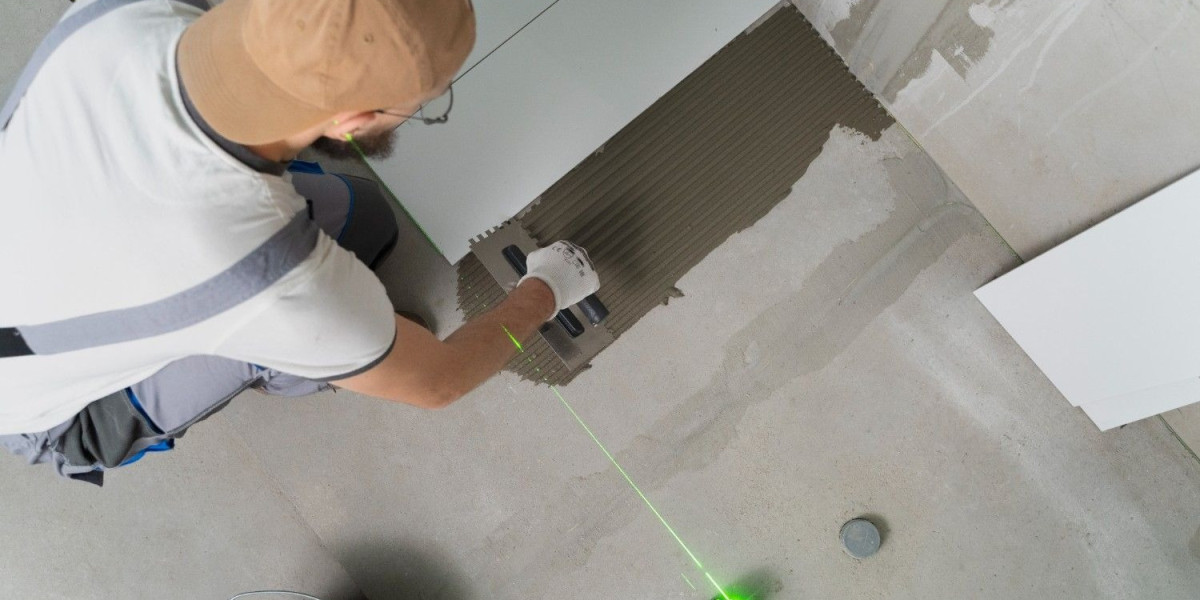In the world of construction, plaster is more than just a finishing touch—it plays a vital role in the overall quality and durability of a building. Whether you’re renovating a home or building from scratch, understanding the difference between thick and thin plaster layers can make a real difference. The choice affects everything from how your walls look and feel to how they stand up to wear and tear over time.
For homeowners, DIY enthusiasts, and professional plasterers, this guide explains the importance of plaster thickness and why it matters. It also offers practical tips on choosing the right thickness for your project.
What is Plaster and Why is Thickness Important?
Plaster is a building material used to coat walls and ceilings. It provides a smooth finish, hides imperfections, and adds strength to interior and exterior surfaces. There are several types of plaster used in the UK, including gypsum, lime, and cement-based options.
The thickness of the plaster layer determines how well it performs in various ways. A thicker layer can improve insulation and durability, while a thinner layer may be quicker and easier to apply. However, going too thick or too thin can cause problems if not done correctly.
This is why working with experienced professionals such as construction companies Cardiff is important. They understand which thickness is best suited for your home or commercial space.
Standard Plaster Thickness – What the Industry Recommends
In most residential and commercial building projects, plaster thickness follows certain standards. These include:
- Internal walls: 10–15mm
- Ceilings: 6–8mm
- External walls: 15–20mm
These measurements help ensure strength, smoothness, and stability. Professionals, especially trained plasterers, often follow BS EN guidelines to meet these standards.
Thick vs Thin Plaster – Key Differences
To help you better understand the pros and cons of each type, here is a simple comparison table:
Feature | Thick Plaster (15mm+) | Thin Plaster (Below 10mm) |
Durability | High – lasts longer | Medium – more prone to damage |
Sound Insulation | Better acoustic properties | Weaker insulation |
Thermal Performance | Helps regulate temperature | Less effective |
Application Time | Takes longer to dry | Quick drying |
Material Use | Higher cost due to more material | More economical |
Ideal For | External walls, high-traffic areas | Ceilings, lightweight structures |
Advantages of Thick Plaster Layers
Using thick plaster can provide many benefits. Here are some of the main advantages:
- Improved Durability: Thicker plaster stands up better to daily wear and tear. This makes it ideal for homes with children or busy commercial spaces.
- Better Sound Insulation: It helps reduce noise transfer between rooms, which is useful in flats, hotels, or shared houses.
- Thermal Benefits: A thicker layer can help maintain room temperature, making the space more energy efficient.
- Smooth Finish on Uneven Surfaces: Thick plaster can cover up cracks, lumps, and imperfections in old or damaged walls.
However, it does require more skill and experience to apply. It also takes longer to dry and costs more due to the extra materials used. That’s why hiring experienced construction companies is often worth the investment.
Benefits and Limitations of Thin Plaster Layers
Thin plaster is commonly used in modern buildings and lightweight structures. Here’s why it might be the right choice for some projects:
- Faster Application: It dries more quickly and can be applied in a shorter amount of time, making it suitable for fast-paced projects.
- Lower Material Costs: Less plaster means lower overall expenses.
- Ideal for New Surfaces: Modern buildings often have straighter walls and ceilings that don’t require thick coats.
On the downside, thin plaster is more likely to crack if the surface underneath shifts or if the application is poor. It also doesn’t offer as much insulation or strength, which might be an issue in colder climates or noisy environments.
Common Mistakes with Plaster Thickness
Getting the plaster layer right is not just about choosing thick or thin—it’s also about proper technique. Here are some common mistakes:
- Too Thick: Applying more plaster than needed can lead to cracking as it dries or causes unnecessary weight on weak structures.
- Too Thin: Applying too little plaster can make surfaces weak, patchy, or prone to damage.
- Uneven Coating: Inconsistent thickness causes problems with paint, wallpaper, or tiles later on.
Skilled plasterersknow how to avoid these issues. They assess the condition of the surface and choose the best approach for long-lasting results.
When to Choose Thick vs Thin – A Practical Guide
Not sure which option is right for your home or commercial space? Here’s a simple guide to help:
Choose Thick Plaster If:
- You are restoring an old property with uneven walls
- You want better sound or heat insulation
- You are plastering external walls or heavy-use areas
- Appearance and long-term strength matter more than speed
Choose Thin Plaster If:
- You have new, smooth walls that don’t need a heavy layer
- You’re working on ceilings or upper floors where weight matters
- Time and budget are limited
- It’s a small job or patch-up repair
Remember, it’s not a one-size-fits-all situation. Consulting with experienced plasterers or trusted construction companiesensures the job is done right the first time.
How Professionals Make a Difference
Whether you’re renovating a kitchen, upgrading an office, or finishing a new build, the quality of plastering can make a real impact. That’s where professionals come in.
Qualified plasterers Cardiff assess the project carefully and choose the correct materials and thickness based on each room’s needs. Reliable construction companies also ensure that the job meets safety regulations and British Standards.
From providing smooth finishes to improving wall insulation, these experts save you from costly rework later down the line.
Conclusion
Understanding plaster layer thickness isn’t just for professionals—it’s a useful bit of knowledge for any homeowner, landlord, or business owner. Whether you go thick or thin, what matters most is using the right type in the right place, applied by the right people.
If you're planning a plastering project, speak to local professionals who know their craft and understand Cardiff’s construction needs. For expert advice and reliable results, consider working with AO Builders Cardiff—your trusted partner in plastering and building services.







